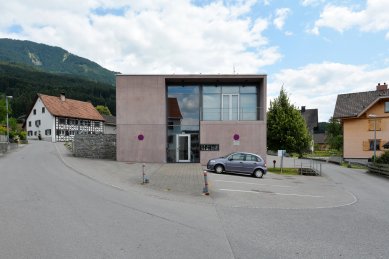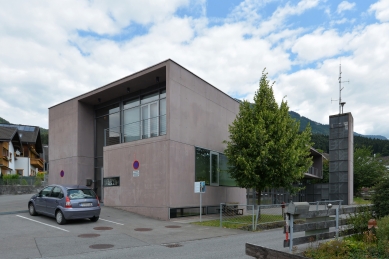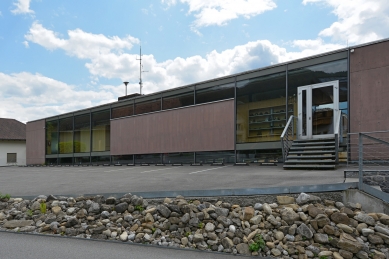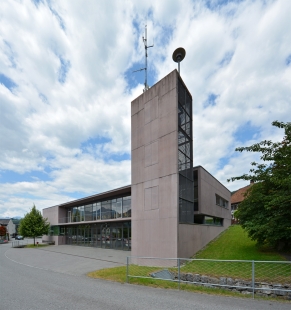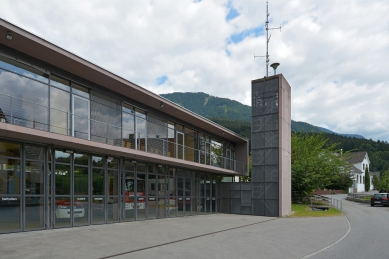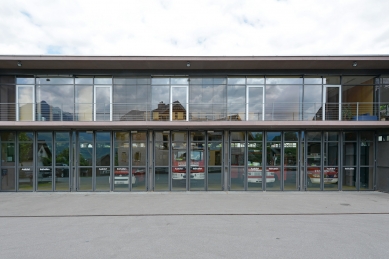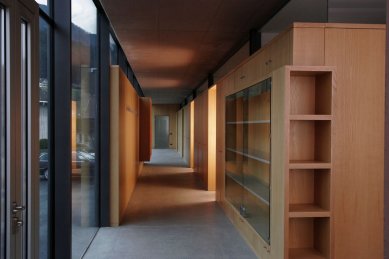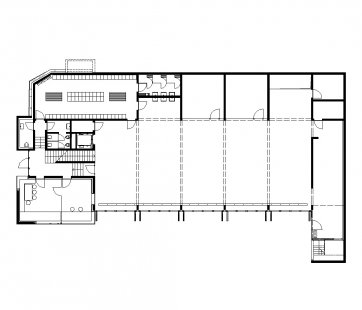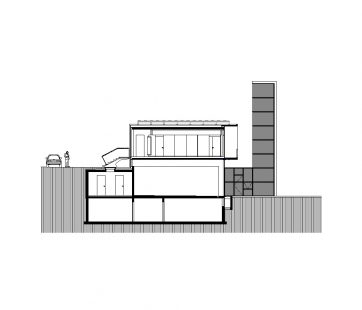
Fire Station Satteins
Fire Station Satteins

Every fire station has its strict operational rules. The service life of rescuers at the various stations does not differ much. Based on a precise construction program, similar buildings must necessarily arise; nevertheless, architects manage to come up with continuously new ideas so that each municipality can fully identify with its fire station. Martina Summera from the Vienna-based studio baukombinat, like any boy, was fascinated from a young age by shiny helmets and giant vehicles, which one usually only encounters at festive parades. When Summera succeeded in winning the competition for a new fire station in the village of Satteins, the childhood enchantment had to make way for a rational view of the assignment. Nevertheless, the author wanted his design to have the same enchanting effect on the citizens as fire trucks have on small children. From this analogy, he took several lessons: the condensation of many needs in a small space, everything must make sense, there is no place for ornamentation, everything requires sufficient robustness and absolute functionality. In a metaphorical sense, it must be more like a rubber boot than a high-heeled shoe. Pigmented exposed concrete combined with galvanized elements creates a sufficiently solid appearance. The dazzling colors were omitted to better integrate the building into its surroundings. The interior is clearly divided into two areas: a robust ground floor (workshops, storage, garages, and deployment area) and a friendly upper floor (offices, training, and relaxation rooms). The built-in furniture in the interior is made of ash wood, from which the handles of various tools are produced. The operation of the fire station began on May 20, 2006.
The English translation is powered by AI tool. Switch to Czech to view the original text source.
0 comments
add comment


